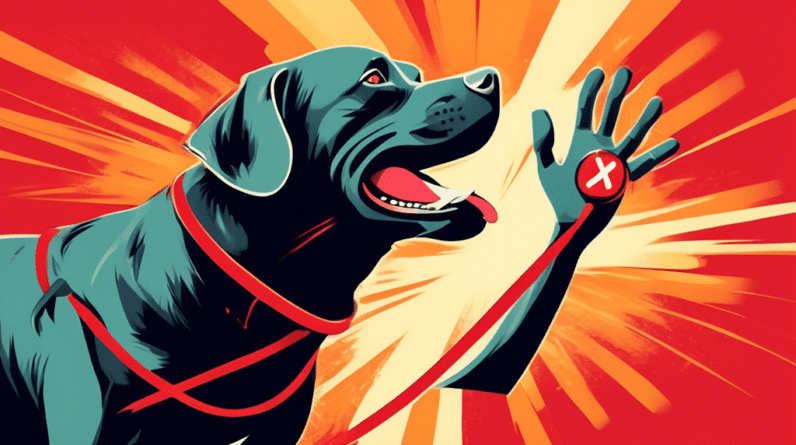
Does a Labrador Retriever Need a Winter Coat?
Labrador Retrievers are known for their love of the outdoors, but even these hardy dogs can feel the chill during the colder months. Whether your furry friend needs a winter coat depends on a few factors, including their coat type, age, health, and the weather conditions you live in.
Understanding Your Labrador’s Coat
Labrador Retrievers have a double coat that provides insulation against both cold and heat. The outer layer is water-repellent and helps to keep them dry, while the undercoat is soft and dense, offering warmth. However, the thickness of their coat can vary between individuals.
Types of Labrador Coats:
- Show Line Labs: These Labs tend to have a slightly thinner coat.
- Field Line Labs: Often bred for work, Field Line Labs typically have a denser, more water-resistant coat.
Factors to Consider When Deciding on a Winter Coat
While all Labs have a double coat, several factors influence their cold tolerance and whether a winter coat is necessary:
1. Temperature and Weather Conditions:
This is the most crucial factor. Consider the following:
- Temperature: When temperatures drop below freezing (32°F or 0°C), most Labs will benefit from the added warmth of a coat, especially during extended outdoor time.
- Wind Chill: Wind can significantly lower the perceived temperature, making it feel much colder. Even on moderately cold days, wind chill can warrant a coat.
- Precipitation: Rain and snow can make your Lab wet and cold. A waterproof coat is essential in these conditions.
2. Age and Health:
- Puppies and Senior Dogs: Young puppies and senior Labs have a harder time regulating their body temperature and are more susceptible to the cold. They benefit greatly from the extra warmth of a coat.
- Health Conditions: Labs with certain health conditions, like arthritis or hypothyroidism, might feel the cold more intensely. Consult your veterinarian for advice tailored to your dog’s needs.
3. Activity Level:
- Highly Active Dogs: Labs engaging in vigorous activities, like running or playing fetch, might generate enough body heat to stay warm without a coat, even in moderately cold weather.
- Less Active Dogs: Labs that are less active or spend shorter periods outdoors during winter will likely need a coat for warmth.
4. Acclimation:
Don’t expect your Lab to tolerate sudden, extreme temperature changes. Gradually acclimate them to colder weather with shorter outdoor periods and monitor their comfort levels.
Choosing the Right Winter Coat for Your Labrador
If you’ve determined that your Lab needs a winter coat, consider these factors when choosing one:
1. Fit and Comfort:
- Proper Fit: The coat should fit snugly but not be too tight. Ensure it doesn’t restrict their movement or chafe.
- Comfortable Material: Opt for breathable, water-resistant fabrics like nylon or polyester. Avoid materials that could irritate your dog’s skin.
2. Warmth and Insulation:
- Degree of Warmth: Choose a coat with the appropriate level of insulation for your climate. Lightweight coats are suitable for mild winters, while heavier, insulated options are better for colder climates.
- Coverage: Look for coats that cover the chest and belly, which are crucial areas for retaining body heat.
3. Practical Features:
- Waterproof Outer Layer: Essential for wet or snowy conditions.
- Reflective Strips: Enhance visibility during low-light conditions.
- Leash Attachment: Some coats have built-in harness holes or loops for attaching a leash.
Signs Your Labrador is Cold
Even with a double coat, Labs can still feel the cold. Watch for these signs:
- Shivering or trembling
- Hunched posture with tail tucked
- Whining or barking more than usual
- Reluctance to go outside or wanting to go back inside quickly
- Lifting paws off the ground
- Seeking warmth from you or other heat sources
If you notice any of these signs, bring your Lab inside immediately and provide warmth. Consider getting them a winter coat for future outings.
Additional Cold Weather Care Tips
- Paw Protection: Salt and ice-melting chemicals can irritate your Lab’s paw pads. Consider using paw balm or booties for protection.
- Limit Bath Time: Frequent bathing can strip away natural oils that help insulate your Lab’s coat. Bathe them less frequently during the winter months.
- Provide a Warm, Dry Place to Sleep: Ensure your Lab has a comfortable bed away from drafts.
- Monitor for Hypothermia: Prolonged exposure to cold can lead to hypothermia. Seek immediate veterinary care if your Lab shows signs of weakness, lethargy, confusion, or shallow breathing.
Conclusion
Ultimately, whether or not your Labrador needs a winter coat depends on individual factors like coat type, age, health, and the climate you live in. Paying attention to your dog’s behavior and using the guidelines provided will help you make the best decision for their comfort and well-being during the colder months. Remember, a warm and happy dog is a healthy dog!






